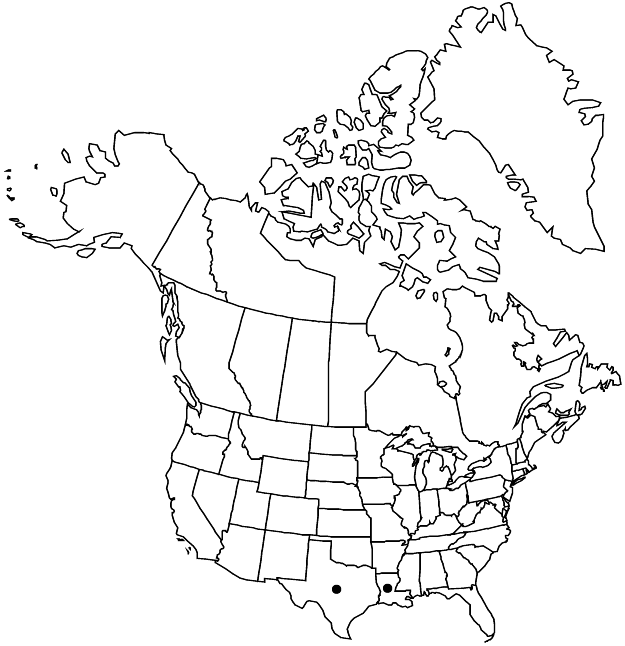Silene subciliata
Proc. Amer. Acad. Arts 29: 327. 1894.
Plants perennial; taproot thick; caudex branched. Stems erect, scarcely branched, 20–100 cm, glabrous. Leaves: blade linear to narrowly oblanceolate, 3–16 cm × 3–12 mm, ± fleshy, base tapering into short petiole, apex acute, glabrous except for few cilia at base. Inflorescences cymose, terminal and axillary, elongate, 1–3-flowered, open, bracteate, bracteolate, pedunculate; peduncle slender, 2–10 cm; bracts and bracteoles much-reduced, linear-lanceolate, often ciliate. Pedicels slender, 2–10 cm. Flowers: calyx tubular, 17–22 × 4–5 mm in flower, broadening to 7 mm in fruit but contracted around carpophore, glabrous, lobes lanceolate, 3–4 mm, margins membranous and ciliate near broad, obtuse apex; corolla scarlet, 2–21/2 times longer than calyx, limb lanceolate, narrowed into claw, 4–5 mm wide, margins entire or shallowly dentate, appendages linear, 4–5 mm; stamens exserted; styles 3, exserted. Capsules clavate, equaling calyx, opening by 6 teeth; carpophore 3–4 mm. Seeds brown, broadly reniform, 2–2.3 mm, rugose. 2n = 48.
Phenology: Flowering late summer–fall.
Habitat: Sandy soil, open woodlands, river banks
Elevation: 10-200 m
Discussion
Silene subciliata, a very rare species, is closely related to S. laciniata and S. virginica but is readily distinguished by its subglabrous stems and leaves and by having unlobed petals.
Silene subciliata is in the Center for Plant Conservation’s National Collection of Endangered Plants.
Selected References
None.
